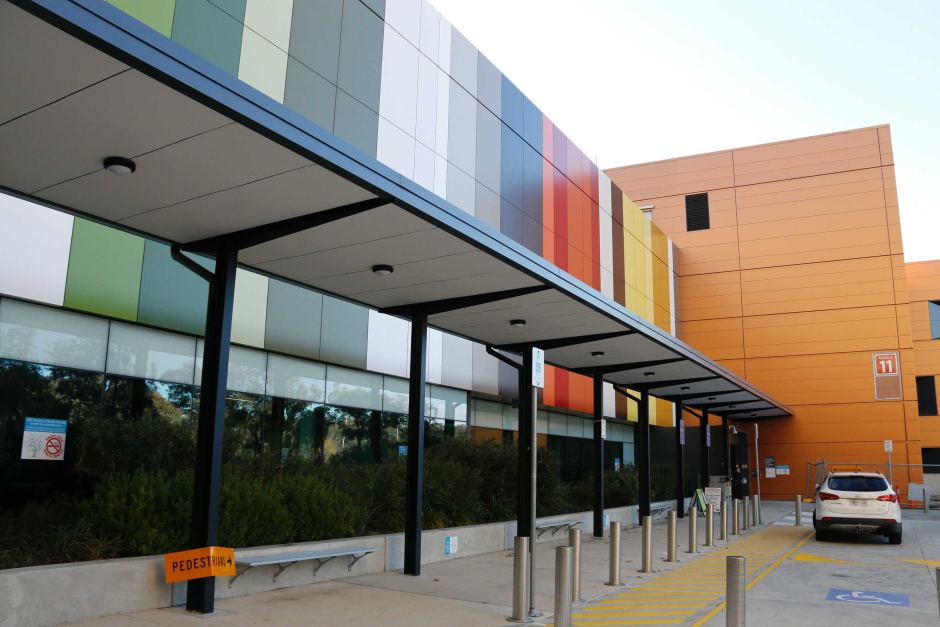Combining form, use, and future possibility, aluminium composite panels have transformed building, design, and innovation. Their durability, design flexibility, and light weight make them quick favorites in building and architecture. The need for modern, weather-resistant material fit for its metropolitan and seaside environments has greatly accelerated the adoption of aluminium composite panels in Sydney.
Popularity of Aluminium Composite Panels
Although the worldwide breakthrough for aluminium composite panels(ACPs) started in the late 1960s, ACPs did not find mainstream use until the 1990s. Their multi-layered approach of combining aluminium with fire retardant or polyethylene core – a breakthrough for anybody looking for lightweight cladding solutions without sacrificing strength and aesthetics—made them appealing.
ACPs gained popularity because they were reasonably priced, simple to manufacture, and resistant to UV, corrosion, and moisture. These were found to fit the new architectural requirements, particularly with regard to temperature fluctuation and exposure to weather in regions that had compromised on materials. ACPs were the ideal choice when high-rise buildings grew and design trends turned towards thin lines and simplicity in facades.
Low-maintenance, ecological, contemporary structures guaranteed the popularity of aluminium composite panels in Sydney as well as in other fast-growing cities.
General Uses for Aluminium Composite Panels
A great variety of construction and signage projects now include modern aluminium composite panels. Its elegant appearance and adaptability help explain why it turns out to be a sensible option for both decorative and functional purposes. Among the main uses are:
- Commercial façades provide hotels, retail centres, and office towers with a modern, businesslike look.
- Designing complex interiors of corporate offices and display showrooms calls for both wall cladding and inside partitioning.
- Because of its smooth, print-friendly surface, this is a preferred material for logo signs, billboards, and display boards.
All these applications depend on aluminium cladding installation to offer long-term performance, weather tightness, and visual consistency.
Innovative and Non-Traditional Applications of ACPs

ACPs are being sought after more and more for their creative purposes, even if their utilitarian use is recognized. Under the hands of the designer and the artist, they are being transformed into breathtaking, non-traditional components deviating from conventional architectural standards.
Public art and big installations are among the newest applications. For outdoor art and cityscape painting, its reflecting and weather-resistant properties appeal. Similarly, in interior design, aluminium composite panels are used to create unique furniture items like accent walls or simple shelves to evoke an industrial-chic effect.
Still another futuristic use is acoustic improvement. Nowadays, the designers see the ACPs as belonging to sound-changing surfaces utilized for recording studios and performance venues. The panels are architectural and sound-sensitive; the artistic form combines with practical application.
The growing number of design- and aesthetic-oriented aluminium cladding installation projects is evidence of ACP use going beyond its intended application.
Future Prospects and Still-to-Be-Discovered Applications
The flexibility of ACPs in the years to come promises to open a whole range of alternative applications — some of which will motivate us to reevaluate what we know about the building environment and sustainability.
Skins for smart buildings: Combining ACPs with solar film or sensor technologies would allow buildings to instantly respond to light, temperature, and energy demand.
Modular Housing: ACPs are best suited for creating demand for reasonably priced, modular homes. Their light yet strong shape would enable simple urban or rural building projects.
Floating or Movable Structures: ACP with marine-grade framing might create floating dwellings, transportable display tents, or event pods—perfect for simple installation and reinstallation.
The groundwork is already in place, even if these ideas are not yet popular. In design-forward areas like Sydney, where architectural innovation and sustainability are valued, it’s likely we’ll soon see the next development in the usage of aluminium composite panels in Sydney.
Why ACPs Will Remain Popular?
Aluminium composite panels are always appealing because they can be physically, functionally, and ecologically changing. Their strength fits the seasons; their elegant look, range of finishes, and minimal maintenance factor reflect contemporaneity.
Moreover, the usage of aluminium cladding has become more adaptable for bulk and customised projects, thereby giving architects and builders a wider range of design possibilities. ACPs provide stability with artistic expression, whether they are moving works of art or a skyscraper.
The Sydney aluminium composite panel will probably remain at the forefront as design professionals, engineers, and futurists constantly push the boundaries of the possible, showing the way in which a material once only practical can set the precedent for building design and environmental control in the years to come.

